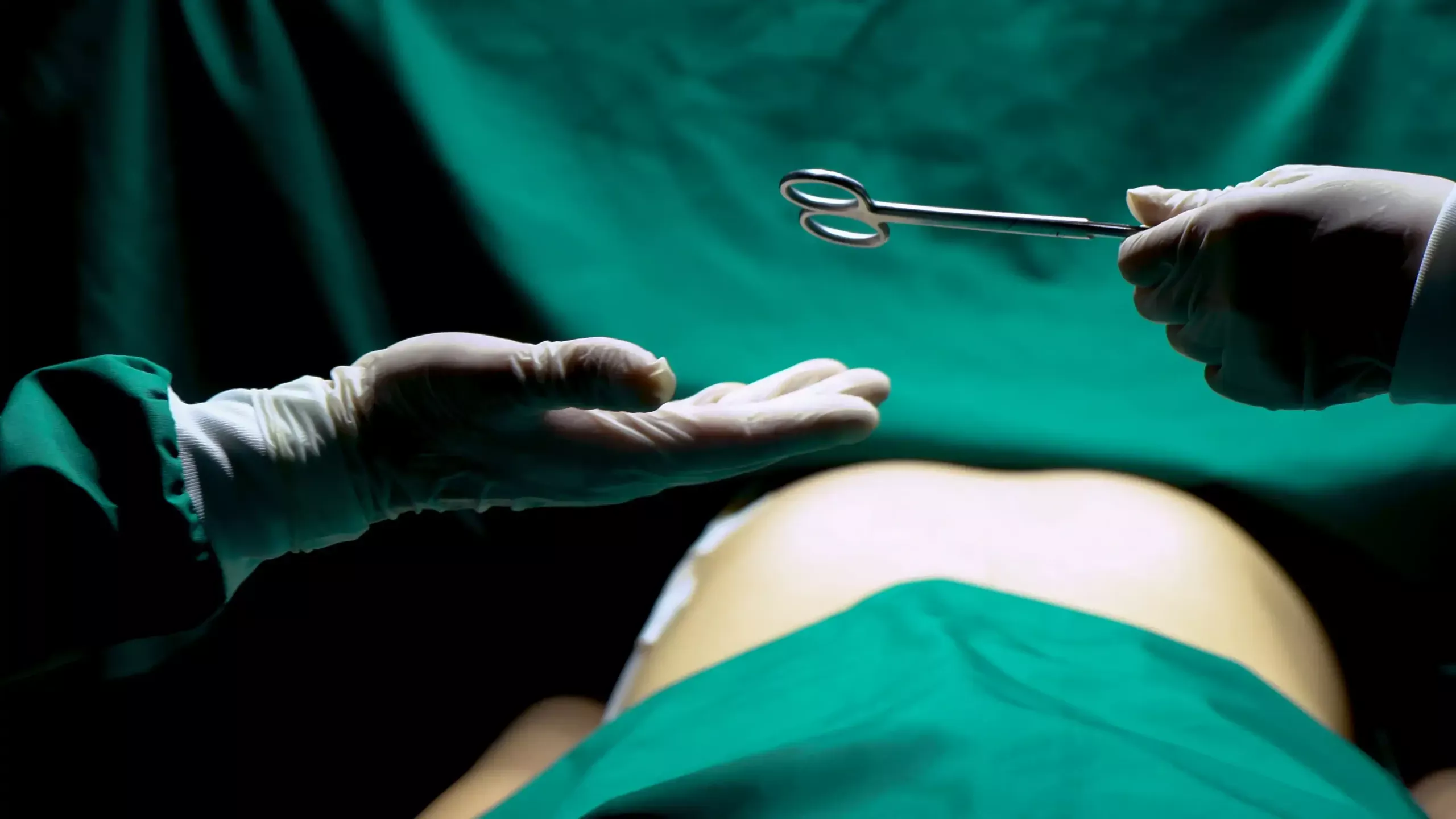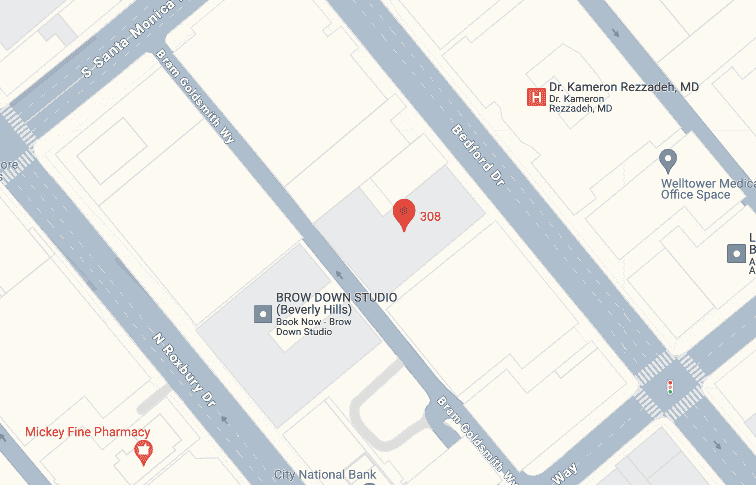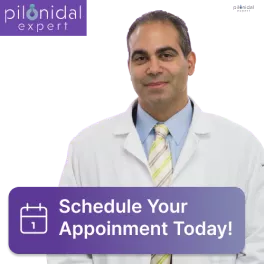Pilonidal cyst excision surgery, performed by specialized surgeons, stands as the definitive and effective treatment for addressing the complications and discomfort associated with this condition.
A pilonidal cyst can be a painful and bothersome condition that requires medical attention. These cysts often develop near the tailbone at the top of the buttocks and can cause discomfort, pain, and even infection if left untreated. When faced with a pilonidal cyst, seeking the right medical professional is crucial for proper diagnosis and treatment. The specialist certified to effectively handle and remove a pilonidal cyst is a pilonidal cyst surgeon.
The Expert: Pilonidal Cyst Surgeon
A specialist physician specializing in the diagnosis, treatment, and surgical management of pilonidal cysts is known as a pilonidal cyst surgeon. These professionals have extensive training and experience in managing this particular ailment, comprehending its intricacies, and offering suitable treatment.
Qualifications and Expertise
Surgeons who specialize in treating pilonidal cysts are typically general surgeons or colorectal surgeons who have had considerable training in managing pilonidal cysts and other disorders affecting the lower digestive system surgically. Because of their experience, they can execute a variety of treatments that are customized to the type and severity of the cyst, giving the patient the best chance of recovery.
Diagnostic and Treatment Approaches
When a patient exhibits signs that point to a pilonidal cyst, the surgeon performs a complete physical examination and could prescribe imaging studies, like an ultrasound, to make the diagnosis. The surgeon creates a customized treatment plan based on the results, which may involve both conservative and surgical methods.
In moderate cases, conservative therapy could include pain relief, antibiotics, and routine cleaning to keep the affected region from getting infected. Surgical surgery becomes required if the cyst grows big, infectious, or recurrent.
What is the Procedure to Remove a Pilonidal Cyst?
Surgical Intervention for Pilonidal Cyst Removal
Because pilonidal cysts can be quite uncomfortable and have a tendency to recur, surgery is frequently required. Surgical removal is the main course of action when conservative treatments are ineffective or in cases of large, recurrent, or infected cysts. An overview of the usual process for excising a pilonidal cyst is provided below:
Preoperative Preparation:
Patient Evaluation: Before surgery, the pilonidal cyst surgeon conducts a thorough examination, which may include imaging tests like ultrasounds to confirm the diagnosis and evaluate the extent of the cyst.
Anesthesia Options:
The surgeon discusses anesthesia options with the patient. Depending on the patient’s wishes and the intricacy of the procedure, either local, regional, or general anesthesia may be employed.
Surgical Procedure:
Incision and Drainage (I&D): In certain instances, particularly those involving an acute infection or abscess, the surgeon may decide to start with an incision and drainage technique. This entails creating an incision in the cyst to release the pressure and drain the pus, providing the patient with prompt relief.
Excision Surgery:
The surgeon performs an excision procedure when the patient needs the cyst and damaged tissue to be completely removed. This thorough process entails:
Incision:
To expose the cyst and the surrounding tissues, the surgeon makes an incision along its length.
Cyst Removal:
The afflicted area is carefully sliced open to remove the cyst and any diseased or inflammatory tissue.
Closure:
Depending on the size, location, and severity of the cyst, the surgeon may choose to use primary closure or leave the area open to heal over time.
Wound Care:
To encourage healing and stave against infection, the wound is treated and given the appropriate attention following surgery. The surgeon gives thorough advice on how to take care of wounds and maintain hygiene.
Postoperative Care and Recovery:
Pain Management: To control discomfort following surgery, patients are given prescriptions for painkillers.
Follow-up Visits:
Appointments with the surgeon at prearranged intervals are essential for tracking the healing process, getting sutures taken out if needed, and talking through any issues or difficulties.
Resuming Normal Activities:
Patients are counseled on when to progressively return to regular activities and work, depending on the complexity of the operation and their own recuperation.
Preventing Recurrence:
To reduce the chance of recurrence, surgeons may offer advice on preventive measures such practicing good hygiene, avoiding extended sitting, and keeping the region clean.
How Much Does it Cost to Have Pilonidal Sinus Cured?
A precise response can be difficult to provide without specific case information, and the cost of treating a pilonidal sinus can vary greatly depending on various factors. Nonetheless, the following factors may have an impact on the total cost of caring for and treating this illness:
Medical Evaluation and Diagnosis:
The total cost may include diagnostic tests, imaging investigations such as MRIs or ultrasounds, and initial consultations. Depending on the healthcare provider, the patient’s location, and whether or not more testing is required for a precise diagnosis, the costs for these assessments may vary.
Treatment Options:
There are several ways to treat a pilonidal sinus, ranging from conservative measures like pain relief, antibiotics, and local wound care to surgical procedures including incision and drainage or total excision surgery. Since surgical procedures typically require costs associated with the operating room, anesthesia, surgeon fees, and postoperative care, the choice of therapy has an impact on the overall cost.
Costs of Surgical Procedures:
In the event that surgery is necessary, the cost will depend on a number of factors, including the intricacy of the treatment, the kind of anesthesia used (general, regional, or local), how long the surgery takes, and whether it is done as an inpatient or outpatient. The total cost may also include follow-up visits, drugs, and postoperative care.
Healthcare Facility and Geographical Location:
A major factor influencing treatment costs is the healthcare facility’s location. Facilities may charge differently for medical services and treatments depending on where they are located in the world. In general, the expenses of urban centers and specialty clinics may be greater than those of rural or non-specialized locations.
Insurance Coverage and Healthcare Plans:
A patient’s out-of-pocket costs are mostly determined by their health insurance coverage and the particulars of each insurance plan. The extent of coverage for a given therapy or operation, along with deductibles and co-pays, can all affect how much the patient must pay with their insurance.
Individual Case Variables:
The total cost of treating and managing a pilonidal sinus can also be affected by variables like the severity of the ailment, any complications, the need for follow-up treatments or procedures, and the needs for individualized care.
Is Surgery the Only Cure for Pilonidal Sinus?
Surgery is frequently regarded as the most efficient and permanent treatment for pilonidal sinus, although there are other options as well. There are conservative methods and non-surgical therapies available, albeit they might not provide a long-term solution and might work less well in some circumstances.
Non-Surgical Treatment Options:
Antibiotics: Antibiotics can be provided to treat infections and minimize symptoms when the pilonidal sinus is infected or exhibiting indications of inflammation. Antibiotics by themselves, however, usually do not fully address the underlying problem.
Pain Management and Local Wound Care:
Over-the-counter pain medicines and local wound care techniques, such as regular hair removal, cleansing the region, and applying warm compresses, can help control pain and avert future issues. While they might offer short-term respite, these treatments are unlikely to eradicate the sinus tract entirely.
Limitations of Non-Surgical Treatments:
Non-surgical treatments mainly aim to alleviate symptoms, manage infections, and promote healing. While they frequently fail to offer a long-term remedy, they may work well in minor cases or as a stopgap. Because pilonidal sinuses frequently recur, conservative measures may not address the underlying cause, leaving ongoing problems.
The significance of surgical intervention lies in the fact that excision surgery is the most effective way to treat pilonidal sinuses in their entirety. Surgically excising the sinus tract and any afflicted tissue reduces the likelihood of recurrence and provides a more conclusive cure.
Expert Advice:
Although non-surgical methods may provide short-term respite, doctors strongly advise thinking about surgery, particularly in cases with recurrent, big, or infected pilonidal sinuses. In addition to removing the sinus tract, surgery also reduces the chance of recurrence, offering a longer-term remedy.
Customized Approach:
Depending on a number of variables, such as the degree of the ailment, the patient’s general health, personal preferences, and the advice of the medical professional, the patient may choose between surgical and non-surgical therapies. Seeking advice from a specialist in the field, such a surgeon for pilonidal cysts, can assist in identifying the best course of action that is customized to meet each patient’s needs.
Discover Lasting Relief with Pilonidal Experts!
Are you tired of the discomfort and recurrent issues caused by pilonidal cysts? At Pilonidal Experts, we specialize in providing effective solutions through advanced pilonidal cyst excision surgery.
Contact Pilonidal Experts today to schedule a consultation and take the first step toward freedom from pilonidal cyst discomfort. Let us guide you towards a life free from the burdens of this condition.








